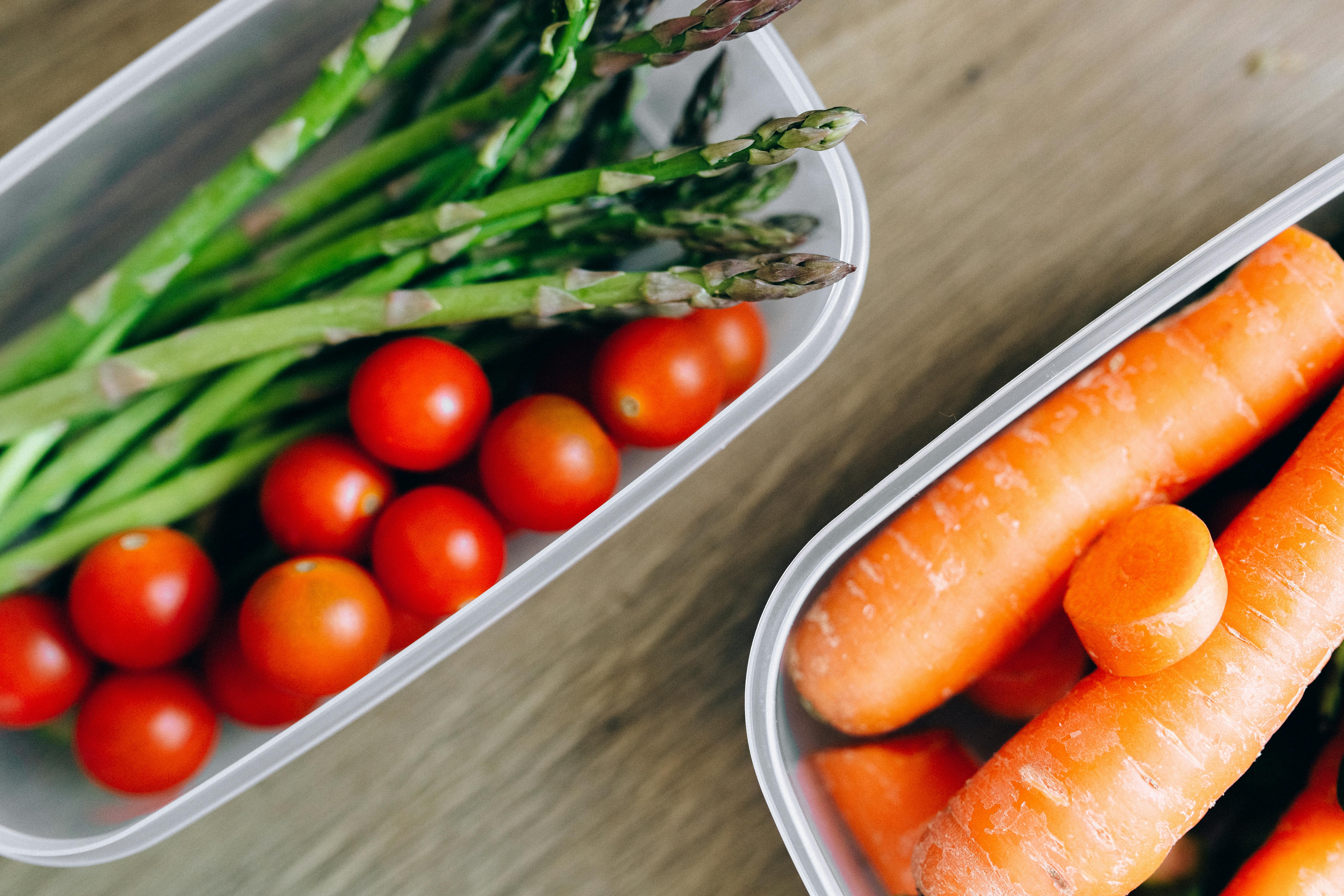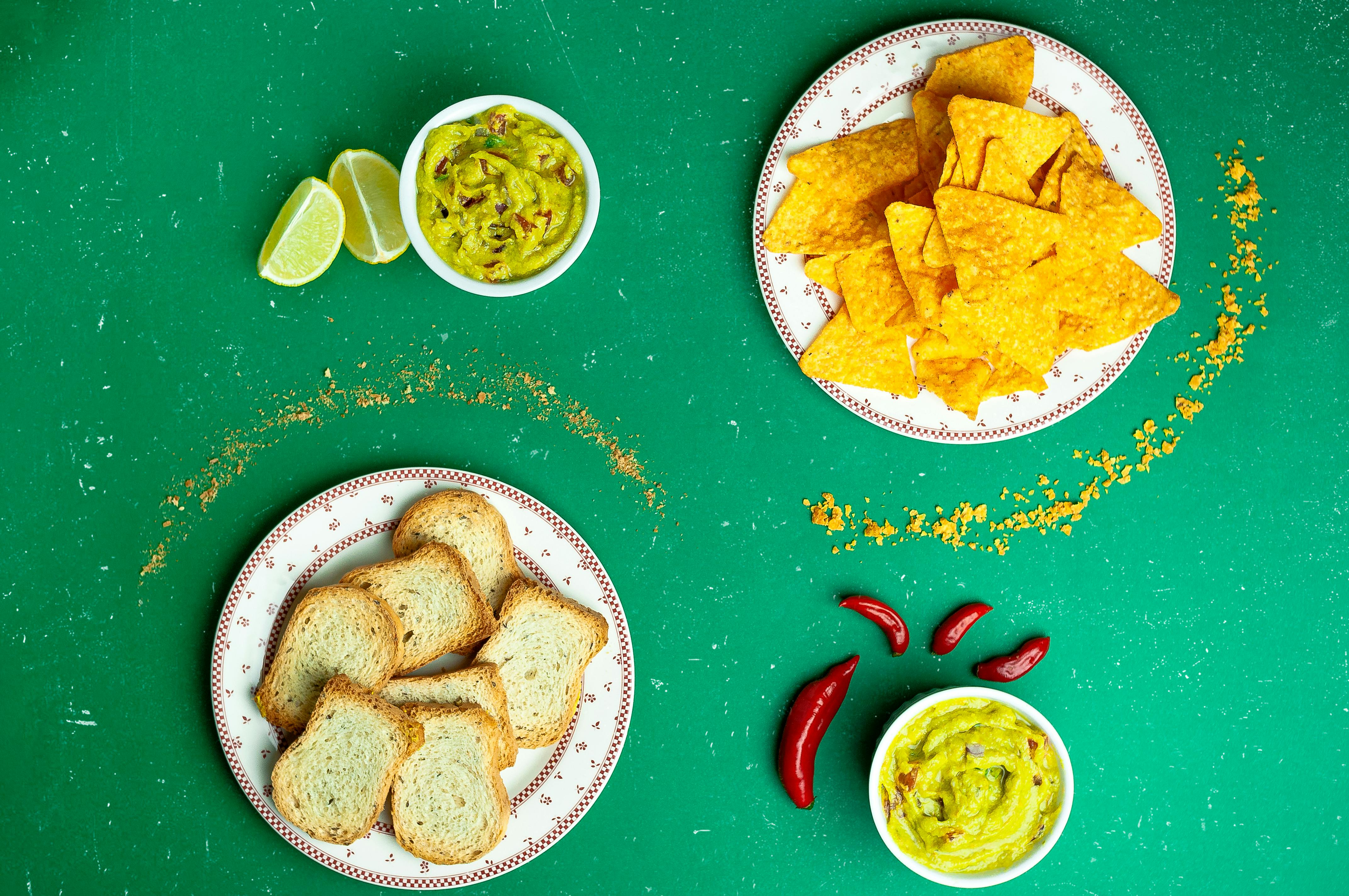It’s amazing: some people manage to get a full aerobic workout while cooking dinner! Back and forth, back and forth… I get tired just looking! Today, pay attention to the way you move while cooking. How many times do you cross the length of your kitchen in one night? Do you find yourself doing squats to reach your pans? Does it stretch to reach your plates? Are you becoming a world-class hurdler, jumping over the dog bowl every time you go from the fridge to the stove? All it takes is a few minutes to reorganize your kitchen storage, saving you a lot of time and energy in the long run.
BABY, IS THIS GOOD?
We all know how disgusting it is to take an item out of the fridge and discover that it has mutated. However, many times we mistakenly confuse NON-PERISHABLE with INDESTRUCTIBLE. Even Twinkies have an expiration date! Do yourself a favor today: Go through your cabinets and throw out anything that’s old, stale, stale, or hairy. And while you purge, be sure to keep a shopping list of the items you need to replace. It’s also not a bad idea to make kitchen cleaning part of your regular “housekeeping” routine. You can use these food “life expectancies” as a guide, but when in doubt, trust your gut (or your nose!):
– Canned food (2-5 years)
– Flours (3-6 months)
– Cereals (6 months)
– Grains / Vegetables (1 year)
– Pasta (1 year)
– Dried herbs (6 months)
– Spices (6-12 months)
– Condiments (1 year)
FIVE “CENTRES”
Every implement or supply you use tends to fall into one of five categories: cleaning, food storage, cooking, food preparation, and serving. The goal is to keep your equipment as close to the proper center as possible, which will make it easier for you to perform your tasks in the kitchen.
– Your CLEANING station consists of the sink, dishwasher and wastebasket. Of course, soap, disinfectants, sponges, and rags should be stored in a nearby cabinet.
– The stove is central to any COOKING activity, so keep utensils, baking sheets, pots and pans within easy reach. If you can, move the microwave and toaster to this area as well.
– Your FOOD PREPARATION center should be located near a large work space (countertop or island). You’ll probably want to keep knives, a cutting board, mixing bowls, a blender, a food processor, measuring cups, and other related implements nearby.
– FOOD STORAGE, on the other hand, will be centered around the refrigerator, and should include space for Tupperware containers, canned goods, dry goods, and fresh fruits or vegetables.
– Your SERVICE center can be divided between the kitchen and the dining room. It’s often easier to store plates, linens, and candles near the table, while cutlery, glasses, and plates tend to work best near the sink (easier to put away after washing).
TRANSFORM YOUR EXISTING STORAGE SPACE
Now, let’s tackle your cabinets and drawers. Limit yourself to one category of paraphernalia per area. That might mean putting canned goods on one shelf and boxes on another, or keeping plates separate from glasses. Organize your kitchen in a way that makes sense to you, but try to avoid storing food and cookware together in the same cabinet.
Storage paraphernalia can also do wonders for your current storage spaces. Tiered shelves make it easy to see hidden items in the back of a deep cabinet, and drawer dividers will help keep your utensils in check. Remember that rectangular storage bins take up less space than round ones, and pot lids and flat cookware are more accessible when lined up on a vertical shelf. Finally, don’t forget the many ways to turn “dead” spaces into useful storage, including pull-out shelves, wall pegs, coat racks, mug hooks, stackable bins, hanging storage, and space-saving appliances.
THE TRIANGLE THEORY
A final concern in your kitchen is movement from one “center” to the next. Some people claim that you should be able to reach all major appliances in one step. That seems very impractical, especially if you have a very large kitchen. However, you can make your life a little easier by keeping movement in mind. Try to see your kitchen as a triangle: SINK to STOVE to REFRIGERATOR. Your goal is to keep those paths clear! If you have to dodge trash cans, recycling bins, or any other obstacles to get back and forth, you’re doing too much work.



